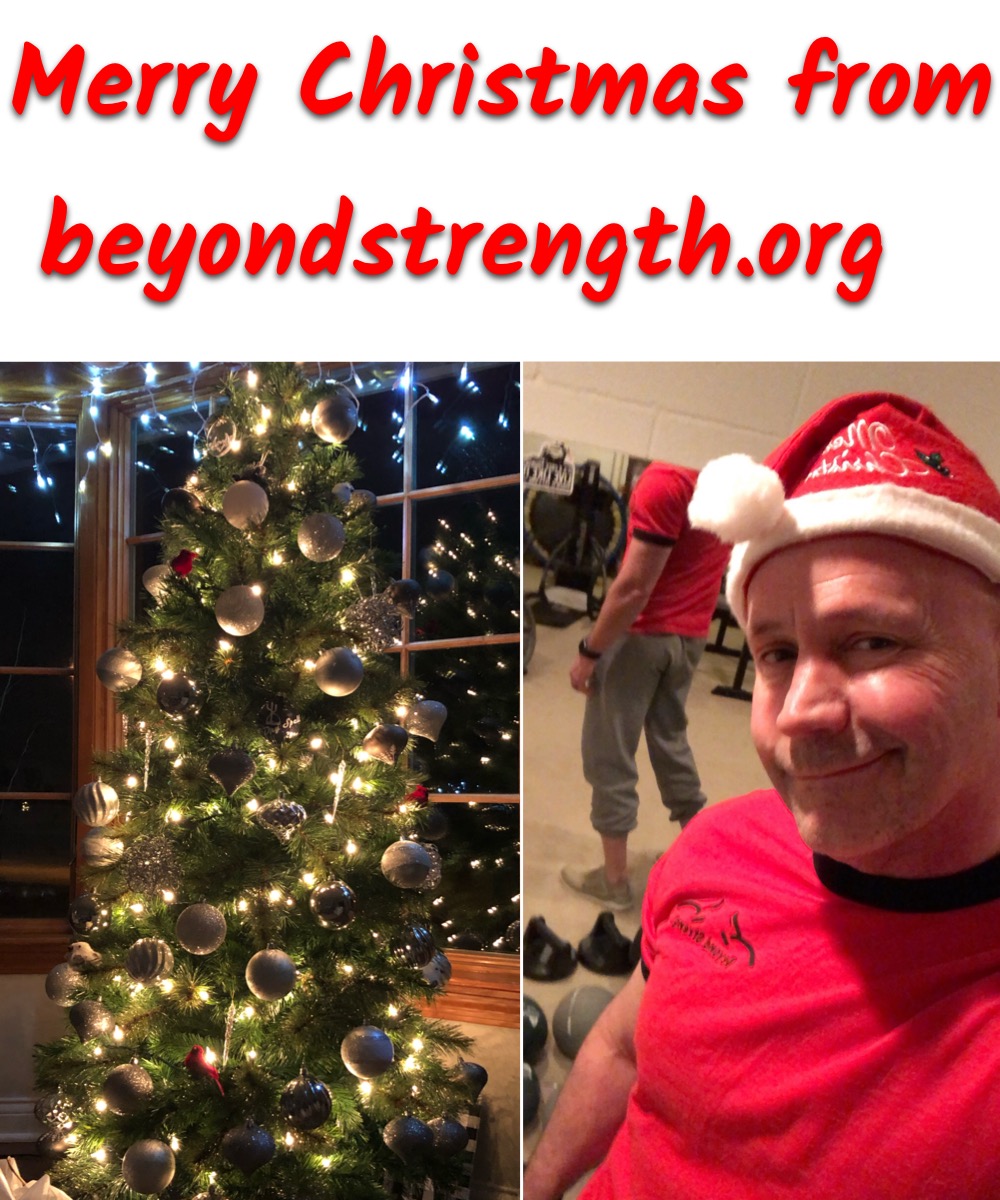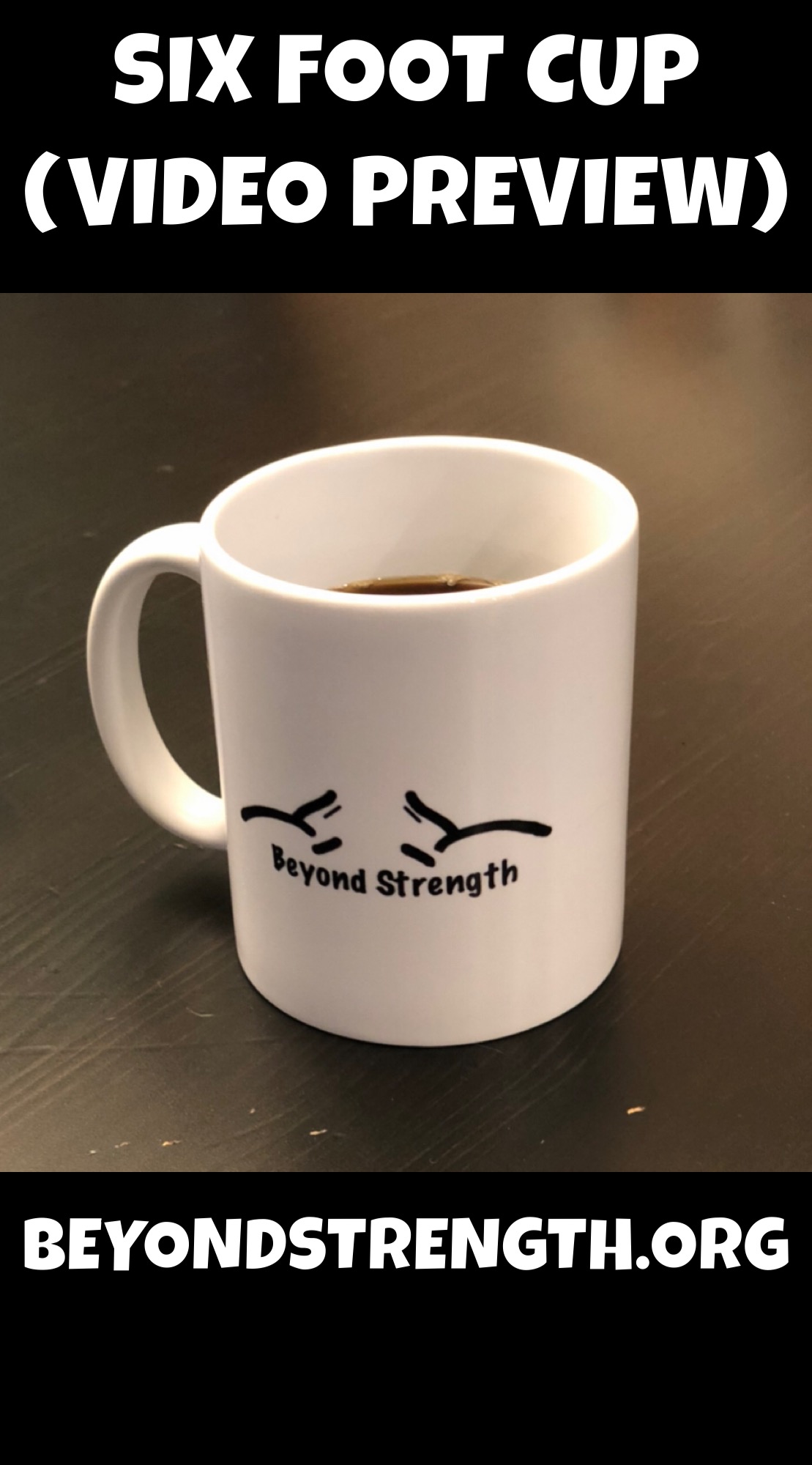I am at odds with myself. I have become increasingly conflicted. I feel this way; then that way. I’m at peace and content; then I’m stressed and unsettled. This statistic is concerning; but that doesn’t add up. Remote work is getting old; but I don’t want to go back to work. It’s reasonable to respect the seriousness of the pandemic and not be careless or reckless; but until the vaccine is predominant, it’s obvious the virus is going to do what it wants to do, restrictions or not.
What explains those who diligently wear masks, socially distance, and adhere to every recommendation and edict from the experts, yet are still infected? What explains how some states’ restrictions are driving small businesses and restaurants into extinction, while others, with fewer restrictions, have lower death rates, citizens are happy, and businesses thrive? It seems the things we think are most helpful aren’t a silver bullet after all, and things we think are most perilous maybe aren’t as devastating as we thought.
I liken it somewhat to parenting. You can do everything wrong and your kid will still turn out alright; you can do everything right and your kid will still take a left at Albuquerque, delivering indescribable anguish.
Point: Many people have done everything right, yet still catch COVID.
Counter-Point: Many people have been careless, nonchalant, or downright rebellious to recommendations, yet they’re doing fine.
Truth: There is a worldwide crisis.
Sad-Truth: Political posturing has been rife throughout the crisis…on all sides.
I grieve for what our country has become. No longer a shining example of democracy to the world, we have lost a common sense of dignity and respect. Peaceful protests are one thing. But antagonism has led to months of destructive civil unrest, disobedience, death, and millions in damages. The U.S. is supposed to be the world’s democratic leader. Now we look like a dysfunctional junior high school. Our political ‘leaders’ and elected officials have cast aside statesmanship, diplomacy, and decorum in favor of hissy-fits and name-calling. Taking credit or blaming others for something clearly beyond anyone’s complete understanding takes precedence over doing the right thing.
As a man of faith, I’m called to be subject to governing authority, and to be anxious for nothing (Rom 13.1; Philippians 4.6). But I am admittedly frustrated and confused. My heart aches for those who have lost loved ones to this wicked affliction. And for people losing their life savings and livelihoods because they aren’t allowed to responsibly resume reasonable, careful business operations; or go back to work at the jobs necessary to do so.
What does all that have to do with six foot cups of coffee? Everything!!
These are tough times even for the strongest among us. People’s mental, physical, spiritual, and emotional well-being have been challenged greatly since this began. Humans are social creatures; nearly a year of social distancing and isolation has been devastating. We need each other!
Hollywood might be onto something, for at least one pivotal scene always seems to take place in a booth or at the counter of a classic roadside diner. Heroes, villains, fugitives, unlikely lovers figuring things out, or conspirators planning a heist. Best done over a hot cup of Joe!
There’s nothing quite like sitting down with a friend. Self-care, buddy-check, confessional, solving world problems, venting. Whatever the reason, it’s good and necessary. I love my alone time…but I need people too! Bonus when it’s without agenda or drama or judgment or problems that need solved.

Such was the advent of the ‘six foot cup’.
It came about during a virtual team meeting. As I expressed my concern over current events and the well-being of my people, I also shared some of my own struggles with so much social isolation. I end meetings imploring them to call, text, email, or video me any time if they need anything or just want to talk. Pleasantly, a number of them have. On this occasion I offered to meet anywhere in the state for a ‘socially-distanced’ cup of coffee.
Immediately, a trusted colleague and friend – intuitive to my need, and perhaps desiring some adult conversation himself – messaged to take me up on that “six foot cup”. Therapeutic for us both, we’ve since met twice.
I refuse to live my life in fear of this pandemic. But I likewise refuse to allow my actions to cause others concern or to stumble. I continue to respect the well-being (and fears) of others and adhere to the precautions of wearing a mask and not being careless in contact or interactions with others. These are not unreasonable expectations for anyone.
Maybe it is also reasonable not to pretend to know things we don’t; not to regurgitate dubious statistics; not to buy into or create false narratives; or not to concern ourselves with outward appearances…while being filled with questionable or self-serving motives.
“Woe to you, because you load people down with burdens they can hardly carry…” (Luke 11.46)
“Everything they do is done for people to see.” (Matt. 23.4-5)
God is in control. We are not God. Be wary of those who think they are.
It’s a miracle he hasn’t already smote every one of us for our selfishness, disobedience, and unfaithfulness.
Thanks for the six-foot cup, Karl. Next week?





















